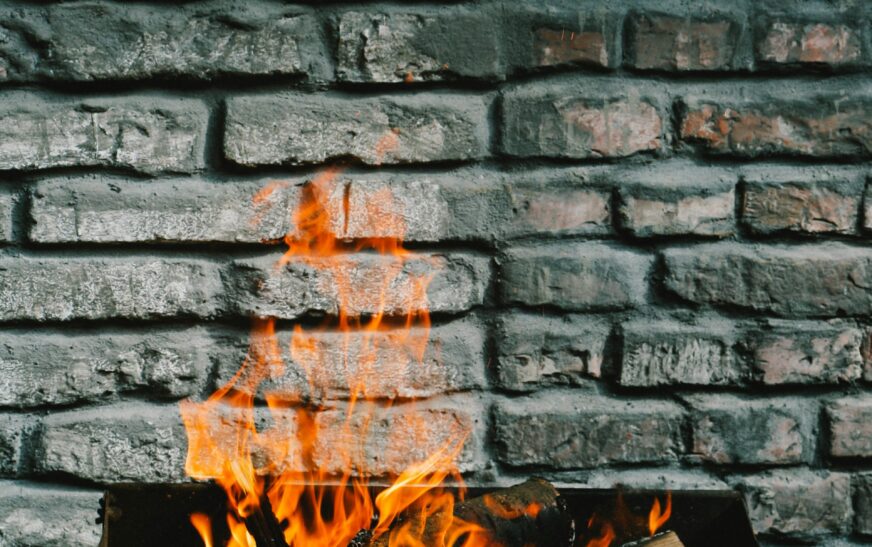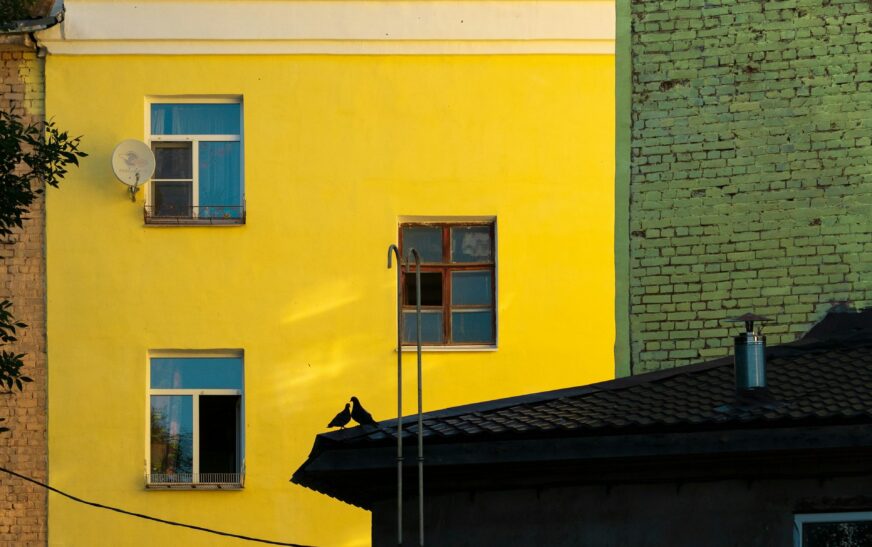A brick fireplace can be the cozy heart of a room… or a moody leftover from the ’70s that drags everything down. If yours feels more tired than timeless, painting it might be the glow-up it needs. But hold up—fireplaces aren’t just regular walls. They’re porous, heat-exposed, and a bit high-maintenance.
How to Paint a Brick Fireplace
Here’s how to do it right, step by step.
1. Check the Brick’s Health First
Not all fireplaces are ready for paint. Some are covered in decades of soot, others are sealed (that shiny gloss), and some are just crumbling.
Look for:
- Efflorescence (that chalky white stuff)
- Soot or creosote buildup
- Cracked or missing mortar
- Moisture damage
If your fireplace has issues, fix them first. Paint won’t stick to grime or broken surfaces—unless you’re aiming for a Pinterest fail.
2. Clean Like You Mean It
This part isn’t glamorous, but it’s where the magic starts.
- Scrub with a stiff brush to knock off loose debris.
- For stubborn soot, mix warm water with TSP (trisodium phosphate) or a degreaser.
- Rinse thoroughly.
- Then wait. Let the brick dry at least 24 hours. Damp brick + paint = heartbreak in the form of peeling.
3. Prime Time (Don’t Skip It)
Brick is thirsty. Without primer, it’ll suck up paint unevenly like a milkshake through a straw.
Use a masonry bonding primer, and choose wisely:
- Stain-blocking primer for soot-stained brick.
- Heat-resistant primer if parts of your fireplace get toasty.
Work primer into all the grooves and mortar lines with a stiff brush. Think of it as skincare primer for your fireplace—smooth base = flawless finish.
4. Pick the Right Paint
Now the fun part: color and finish.
Best bets:
- High-quality latex or acrylic latex paints → durable, quick-drying, and low-odor.
- Finishes: eggshell or satin for modern, clean vibes; chalk paint if you’re going rustic matte.
Avoid oil-based paints unless they specifically say “interior masonry approved.”
Read More : How Much to Paint a Brick House – What Really Goes Into It?
5. Paint with Patience
- Start with mortar lines (brush), then move onto brick faces (roller).
- Expect 2–3 coats depending on color and texture.
- Wait 4–6 hours between coats.
- Keep strokes consistent. Remember: this fireplace is the room’s focal point, not a forgotten basement wall.
Slow and steady = a finish that looks intentional, not accidental.









